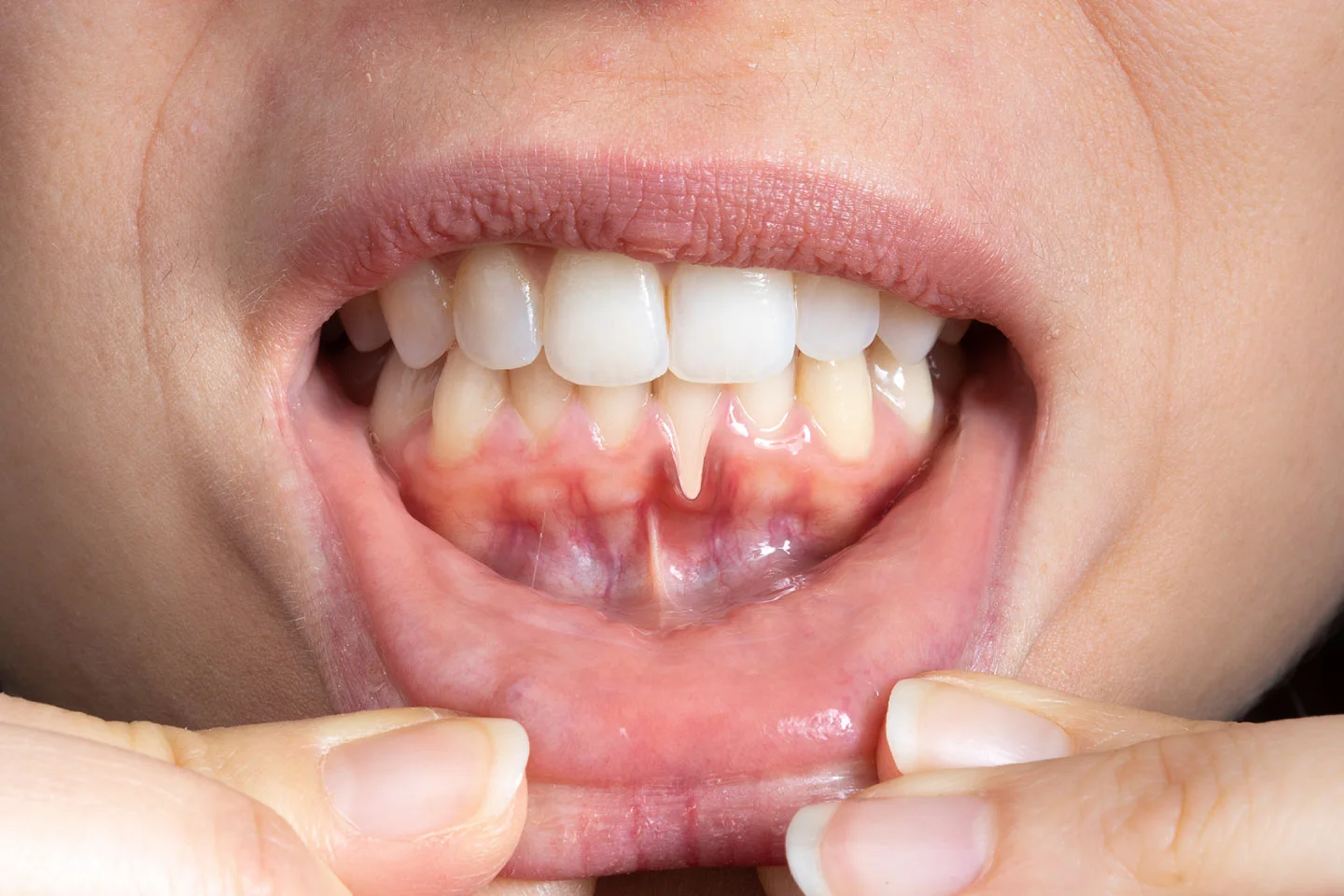Opening Hours
Monday: 7:00 a.m. - 2:30 p.m.
Tuesday: 7:00 a.m. - 2:30 p.m.
Wednesday: Closed
Thursday: 7:00 a.m.- 2:30 p.m.
Friday: 7:00 a.m. - 2:30 p.m.
Saturday: Closed
Sunday: Closed
Gum Disease Defense: Strategies for Prevention and Treatment
Dec 17, 2023

Gum disease is a common condition that occurs when plaque, a sticky film of bacteria, builds up on the teeth and along the gumline. If plaque is not removed through regular brushing and flossing, it hardens into tartar, leading to red, swollen, and painful gums that may bleed when you brush or floss. The sooner you address gum disease, the better your chances of protecting your long-term dental health. While the early stage (gingivitis) is reversible, advanced periodontitis can cause gum and bone damage, loosen teeth, and even result in tooth loss. To prevent these issues, following simple Tips for Maintaining Healthy Teeth and Gums, such as consistent oral hygiene, routine dental checkups, and professional cleanings, can help you maintain a healthier smile and avoid serious complications.
Gum disease treatment is one of the most common dental procedures. In the United States, approximately half of individuals aged 30 and older have gum disease. About 9% of people in the United States require advanced gum disease therapy.
Dental Prophylaxis: Routine Cleaning for Plaque and Tartar Removal
Dental prophylaxis involves a routine dental cleaning, a service commonly performed twice a year under the supervision of a dental hygienist. During this process, a dentist removes plaque and tartar from the surfaces of your teeth.
Gingivitis, the initial stage of gum disease, can typically be reversed with professional dental cleanings and improved oral care. Depending on your circumstances, you may require more frequent cleanings with your dentist to keep harmful germs at bay.
Root Planing and Scaling: Deep Cleaning for Gum Health
Scaling and root planing constitute a comprehensive dental cleaning designed to eliminate plaque and tartar from the root surfaces of your teeth. In addition to meticulous cleaning, your periodontist or dental hygienist may smooth out any rough areas on your tooth roots, further aiding in the prevention of germs and plaque buildup. A local anesthetic will be used to numb your gums to ensure your comfort during this procedure.
Periodontal Laser Treatments: Advanced Alternatives
During this procedure, your dentist will use a small laser to remove damaged tissue and eliminate germs under your gums. Laser treatment may be recommended as an alternative to conventional gum surgery in certain circumstances. Unlike traditional gum surgery, laser treatment does not require incisions or stitches.
Surgical Treatment For Advanced Gum Disease
Surgical treatment may be necessary in advanced cases where non-surgical methods are ineffective. One common surgical approach is a flap or pocket reduction surgery, where the dentist lifts the gum tissue to access and remove tartar deposits deep below the gum line. This eliminates deep pockets between the teeth and gums where the bacteria thrive. Another procedure is bone grafting, which involves adding bone tissue to the jawbone. This is usually done when the jaw bone has suffered loss or deterioration due to advanced gum disease. In cases where gum recession is significant, a gum grafting procedure may be recommended. During this surgery, the dentist takes tissue from another part of the mouth to graft onto the areas with receding gums. This helps cover the exposed roots and improves the overall appearance of the gums.
Maintaining Oral Hygiene Post-Treatment
Gum disease therapy plays a crucial role in the reduction of harmful germs in your mouth. However, without proper at-home dental hygiene practices, these germs may reappear, putting you back in the same position. To prevent this, it is essential to adhere to your dentist's advice strictly. Here are some general guidelines:
- Brush your teeth twice daily, angling your toothbrush toward your gum line. This helps to remove harmful bacteria from between your teeth and gums.
- Floss your teeth at least once a day. It makes no difference if you floss in the morning, during the day, or before bed. However, flossing is necessary for eliminating plaque, tartar, and germs from between your teeth.
- Use an antimicrobial mouthwash twice a day, opting for an alcohol-free formula to reduce the risk of dry mouth (xerostomia).
- Schedule routine dental cleanings with your dentist or hygienist. The frequency of these visits depends on the severity of your condition. Some individuals only need two cleanings each year, while others require four.
Are you experiencing red, swollen, or bleeding gums? Don't ignore the signs of gum disease! At Star Dental Institute, we offer comprehensive strategies for prevention and treatment to ensure your long-term dental health. Our team is dedicated to providing personalized care, ensuring you receive the right treatment at the right time. Don't let gum disease compromise your smile.
Take the first step toward healthier gums today. Early treatment makes all the difference. Book an appointment with Star Dental Institute and let our experts help you restore and protect your smile with confidence.
Schedule Your Visit!
*First Name
*Last Name
Your Email
*Phone Number
*Preferred Appointment Date & Time
*Comments
(Requested time is not final until you receive confirmation from our office) I allow this website to store my submission so they can respond to my inquiry. By providing your phone number, you agree to receive informational text messages from Star Dental Institute.



